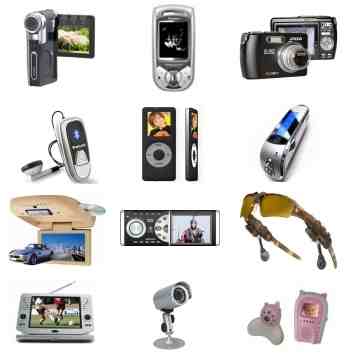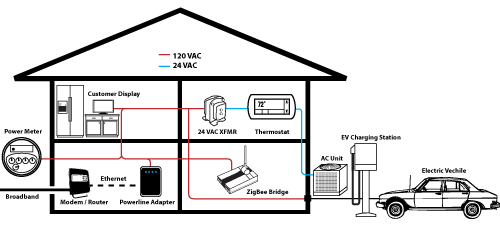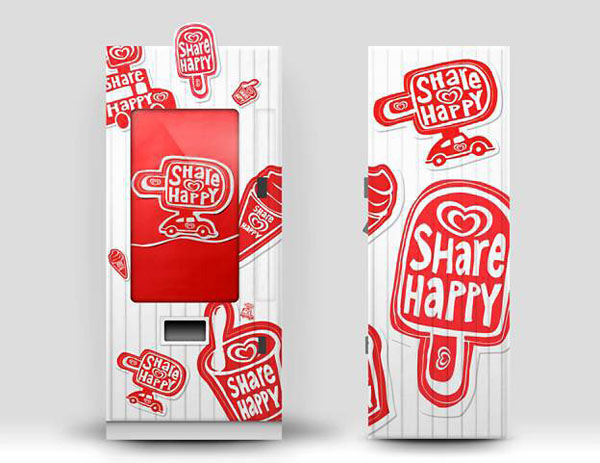 A supernormal stimulus is any stimulus that has evolved or has been engineered to elicit a stronger than normal reaction. A puzzle or mystery that you compulsively need to solve. A game you cannot stop playing (literally). A toy so cute you just must cuddle, nurture and protect it. A food or drink so tasty that you cannot “eat just one” but will literally eat or drink it until it is gone. A photo so sexy that….
A supernormal stimulus is any stimulus that has evolved or has been engineered to elicit a stronger than normal reaction. A puzzle or mystery that you compulsively need to solve. A game you cannot stop playing (literally). A toy so cute you just must cuddle, nurture and protect it. A food or drink so tasty that you cannot “eat just one” but will literally eat or drink it until it is gone. A photo so sexy that….
These stimuli are created by exaggerating the features of normal stimuli that we are hard wired to respond to. For example, oversize, and super sad eyes to elicit the instinctual response to nurture. Or foods engineered with unnaturally high levels of fat, sugar or salt will stimulate us to eat compulsively. Why else would triple patty hamburgers with cheese and bacon sell in the millions?
This gives us one formula for creating irresistible artifacts. Understand which features and functions are wired to instinctual responses and super size them.
You can super-size by literally making them bigger or by increasing the frequency of the effect.
 Artifacts with supernormal stimuli tend to be irresistible and require considerable self control on the part of the consumer. Indeed, two recent books, Supernormal Stimuli: How Primal Urges Overran Their Evolutionary Purpose and Waistland: The R/evolutionary science behind our weight and fitness crisis, argue that such artifacts are so irresistible that supernormal stimuli may be a root cause of our health, spending and anger related problems in the US.
Artifacts with supernormal stimuli tend to be irresistible and require considerable self control on the part of the consumer. Indeed, two recent books, Supernormal Stimuli: How Primal Urges Overran Their Evolutionary Purpose and Waistland: The R/evolutionary science behind our weight and fitness crisis, argue that such artifacts are so irresistible that supernormal stimuli may be a root cause of our health, spending and anger related problems in the US.
Both books are a must read for cognitive designers interested in behavior change. They catalog examples of supernormal stimuli in both nature and human society and give some insights into the features that are so effective at driving deep instinctual reactions.
Let’s try to harness supernormal stimuli to makes use healthier, happier, smarter and more financially secure.

 A recent article in Interacting with Computers has some interesting findings on what works when it comes to designing pleasure into our interaction with technology. Researchers studied 500 examples of pleasurable experiences with interactive technology products (e.g. mobile phone, mp3 player, etc.) and found that stimulation, relatedness (feeling of being connected with other people), competence (feeling of being skilled and knowing what you are doing) and popularity (feeling that you are respected and liked by others and can influence them) were the four dominate factors that determined pleasure during use. Adding features and functions that help us feel in touch, skilled and respected are key to creating pleasurable designs.
A recent article in Interacting with Computers has some interesting findings on what works when it comes to designing pleasure into our interaction with technology. Researchers studied 500 examples of pleasurable experiences with interactive technology products (e.g. mobile phone, mp3 player, etc.) and found that stimulation, relatedness (feeling of being connected with other people), competence (feeling of being skilled and knowing what you are doing) and popularity (feeling that you are respected and liked by others and can influence them) were the four dominate factors that determined pleasure during use. Adding features and functions that help us feel in touch, skilled and respected are key to creating pleasurable designs.






